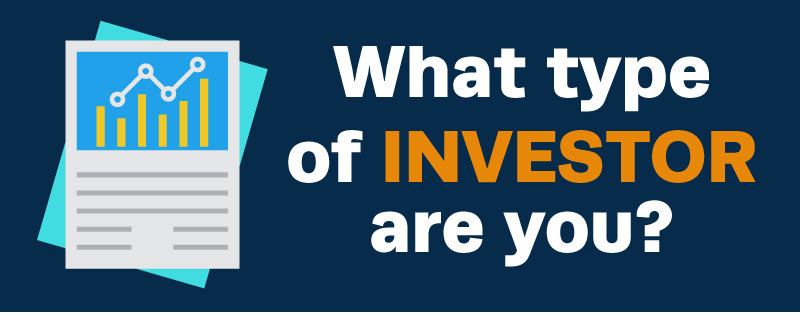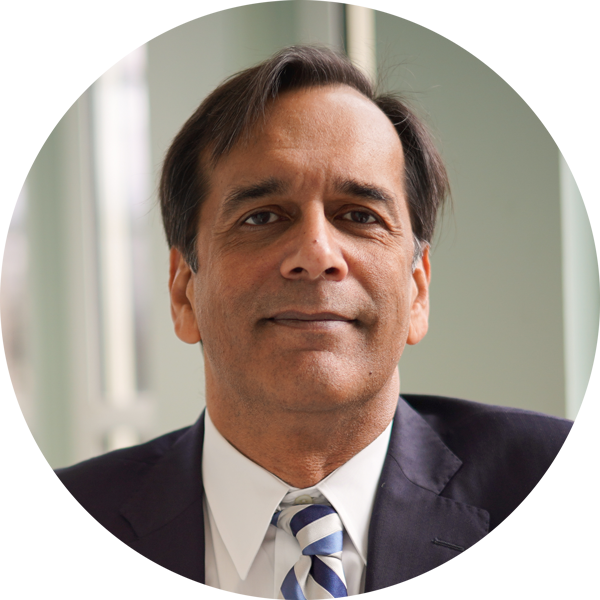Following Insider Buying on Cleveland-Cliffs Pays Off
In yesterday’s Trade of the Day, I wrote about the Cleveland-Cliffs (NYSE: CLF) insider play I recommended in The War Room. The thesis behind the trade was simple. I saw good cluster buying by insiders, and that triggered a buy signal.
Usually, insider plays take weeks or months to play out. This one played out in a matter of a couple days!
War Room members entered Cleveland-Cliffs on Tuesday at prices between $8.45 and $8.50. Yesterday they exited at around $9 for a quick base hit. This play was another example of how we can profit from all types of trades, including stocks, in The War Room.
As a refresher, insider buying is one of the best signals in the market. However, you must be able to read between the lines…
Below is a checklist you should follow:
- Do not buy when just one insider buys. That’s not a confirmed indication of anything.
- Note the buy-to-holdings ratio. For example, if an insider holds 20 million shares and adds 200,000 shares… that means nothing for the purposes of a short-term trade. Insider buying by a major shareholder is not a confirmed sign either, as it could be an indication of a major holder adding to a position.
- Check the news. If the insider or insiders are buying after a bad earnings call and even worse forward guidance, it could be years before the bet pays off.
- Look for cluster buying, where more than two insiders buy at varying prices – preferably at higher and higher prices.
- Look for four or five insiders buying over a long period of time. The best indication is when most of the insiders are officers – they have more at stake with their compensation.
- Don’t pay attention to insider selling, as it is not a proven indicator. It can be the result of many factors such as tax or estate planning, diversifying, or buying a new house. But insider buying usually means one thing: There is good news ahead.
Action Plan: Keep this checklist by your side, and when you see insider buying reported, make sure it meets the checklist before diving in.
As for Cleveland-Cliffs, it’s now a closed position in The War Room, but it’s on our screens for a future buy on a pullback in the overall market.
[adzerk-get-ad zone="245143" size="4"]About Karim Rahemtulla
Karim began his trading career early… very early. While attending boarding school in England, he recognized the value of the homemade snacks his mom sent him every semester and sold them for a profit to his fellow classmates, who were trying to avoid the horrendous British food they were served.
He then graduated to stocks and options, becoming one of the youngest chief financial officers of a brokerage and trading firm that cleared through Bear Stearns in the late 1980s. There, he learned trading skills from veterans of the business. They had already made their mistakes, and he recognized the value of the strategies they were using late in their careers.
As co-founder and chief options strategist for the groundbreaking publication Wall Street Daily, Karim turned to long-term equity anticipation securities (LEAPS) and put-selling strategies to help members capture gains. After that, he honed his strategies for readers of Automatic Trading Millionaire, where he didn’t record a single realized loss on 37 recommendations over an 18-month period.
While even he admits that record is not the norm, it showcases the effectiveness of a sound trading strategy.
His focus is on “smart” trading. Using volatility and proprietary probability modeling as his guideposts, he makes investments where risk and reward are defined ahead of time.
Today, Karim is all about lowering risk while enhancing returns using strategies such as LEAPS trading, spread trading, put selling and, of course, small cap investing. His background as the head of The Supper Club gives him unique insight into low-market-cap companies, and he brings that experience into the daily chats of The War Room.
Karim has more than 30 years of experience in options trading and international markets, and he is the author of the bestselling book Where in the World Should I Invest?






